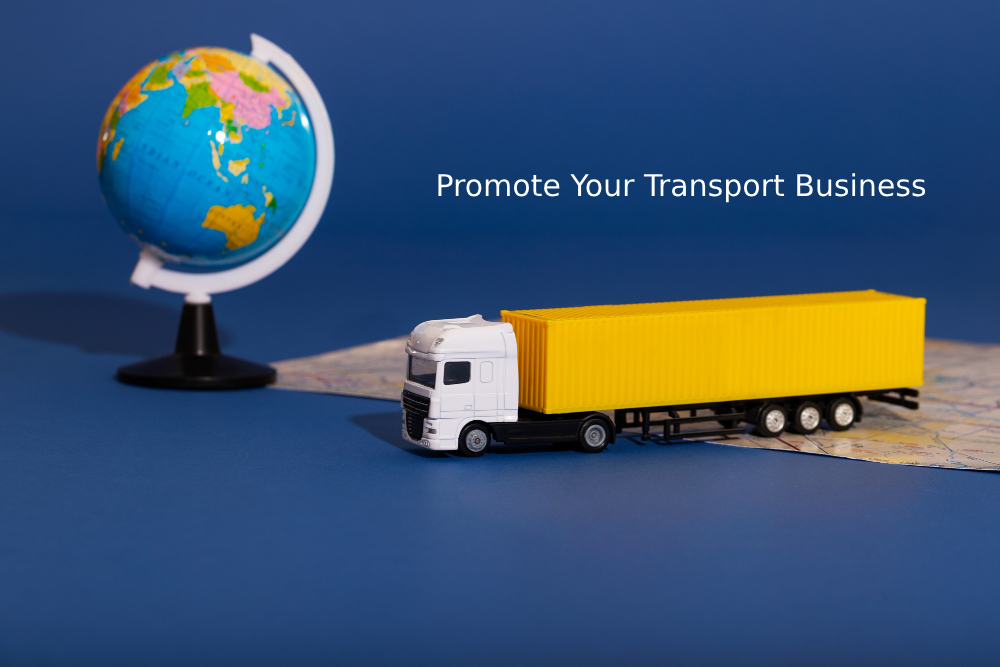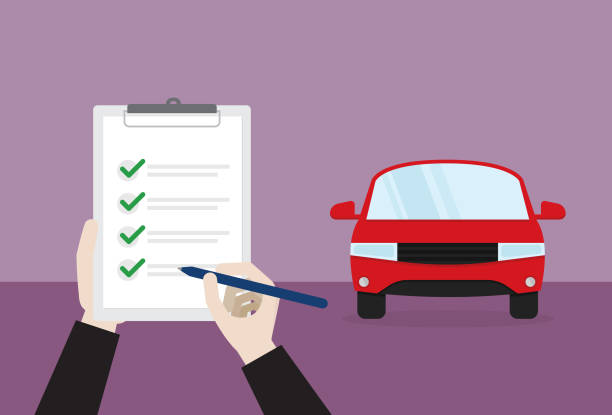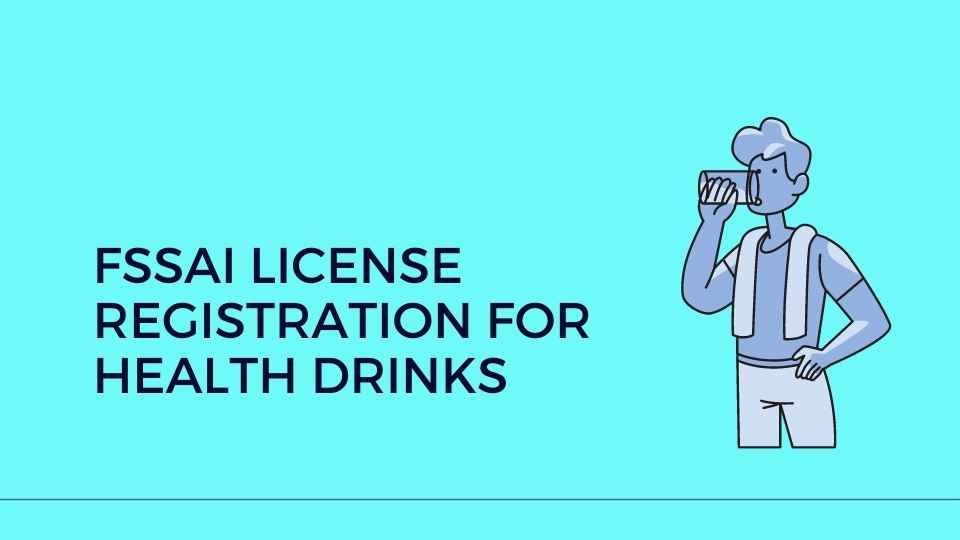10 Effective Strategies for Success Transport Business
Are you a small to medium-sized transport business owner looking to increase visibility and grow your brand? Or perhaps you’re an entrepreneur entering the transport industry, keen on making a name for yourself. If this sounds like you, then you’re in the right place!
Promoting a transport business is no easy feat. The market is competitive, and standing out among the competition requires careful planning, effective strategies, and, most importantly, consistent execution. Whether you’re running a trucking company, delivery service, or passenger transport business, this comprehensive guide will provide you with actionable insights on how to market and promote your services effectively.
In this blog, we’ll dive into practical and cost-effective marketing strategies, from leveraging social media and digital tools to establishing strong local connections. Let’s get started!
1. Identify and Understand Your Target Audience
Who is Your Target Audience?
The first step in any successful marketing strategy is to identify your audience. When promoting a transport business, you need to be clear about who you’re trying to reach. The typical readers of this blog include:
- Small to medium-sized transport business owners: These entrepreneurs are likely seeking cost-effective ways to grow their customer base and enhance their service visibility.
- Entrepreneurs and startups in the transport industry: New players who are eager to enter the competitive world of transport services need strategies to build a customer base from scratch.
- Marketing teams in transport-related businesses: These professionals are looking for effective tactics to boost brand awareness and attract clients for their company’s fleet services.
- Logistics managers: Managers aiming to improve business visibility and enhance their service offerings will benefit from strategies to boost customer engagement.
Focus Areas:
- Fleet services: If you’re offering trucking, delivery, or passenger transport, your promotion efforts will focus on targeting potential customers who need these services.
- Cost-effective methods: As a small or medium-sized business, it’s likely that you don’t have a huge marketing budget. Therefore, cost-effective promotional methods will be a key focus.
2. Why Marketing for Transport Companies Matters
Transport businesses face unique challenges compared to other industries. The competition is fierce, especially with an increasing number of transport companies offering similar services. Marketing helps you cut through the noise, ensuring that your business remains top-of-mind among potential customers. Here’s why marketing is crucial:
- Brand Awareness: Establishing your presence and letting people know about your fleet and services.
- Customer Engagement: Building strong relationships with your customers through meaningful interactions.
- Long-Term Growth: Implementing effective strategies that lead to sustainable business growth.
But here’s the thing: to be effective, your marketing efforts must be grounded in the right strategies. Let’s look at 10 actionable strategies to promote your transport business.
3. Marketing Strategy #1: Invest in a Strong Online Presence
Why It Matters
In today’s digital age, a strong online presence is a non-negotiable part of promoting your transport business. More people are using the internet to search for services, and your business needs to be visible.
What to Do:
- Build a Website: Your website should be clear, user-friendly, and easy to navigate. Include key information about your services, pricing, and contact details.
- Optimize for Search Engines (SEO): Ensure that your website is optimized for search engines by including relevant keywords like “how to promote transport business” or “trucking company marketing.” This helps you show up in local search results.
- Include Testimonials and Case Studies: Show potential customers how you’ve successfully met their needs in the past.
Example:
Suppose a trucking company wants to reach local businesses looking for delivery services. If their website ranks high for local keywords like “local trucking services” or “best delivery trucking company,” they’re more likely to be discovered by prospects.
4. Marketing Strategy #2: Utilize Social Media for Logistics
Why It Matters
Social media platforms are powerful tools for engaging with potential customers and showcasing your services. Whether you’re on Facebook, Instagram, LinkedIn, or Twitter, these platforms allow you to engage directly with your audience.
What to Do:
- Create Engaging Content: Share valuable content like tips on transportation, case studies, behind-the-scenes footage of your fleet, or customer success stories.
- Run Ads: Use targeted social media ads to reach specific customer groups (e.g., businesses needing logistics support, individuals looking for passenger transport services).
- Leverage LinkedIn: For B2B transport businesses, LinkedIn is an excellent platform to connect with decision-makers in the logistics and supply chain sector.
Pro Tip:
Regularly posting content on your social media channels not only builds brand recognition but also boosts your credibility. For example, share updates on how your fleet is growing or new services you’re offering.
5. Marketing Strategy #3: Local Transport Marketing
Why It Matters
As a transport business, your local community is often your biggest market. Building strong relationships with local businesses, residents, and other stakeholders can help you grow your customer base.
What to Do:
- Sponsor Local Events: Sponsor or participate in community events, local trade shows, or charity events. This shows your business is part of the community and strengthens your local brand presence.
- Partner with Local Businesses: Collaborate with other local companies that require transport services. For example, offer discounted rates to local retailers or restaurants needing regular deliveries.
- Use Local Listings: Claim your business on local directories and listing sites like Google My Business, Yelp, and other local resources.
Example:
A local delivery service could create a partnership with nearby grocery stores to provide timely delivery for their customers. This would expand their customer base and help foster long-term relationships with local businesses.
6. Marketing Strategy #4: Leverage Content Marketing
Why It Matters
Content marketing allows you to engage potential customers with useful and educational content that positions your business as a trusted industry leader. From blogs to videos and infographics, content marketing can take many forms.
What to Do:
- Start a Blog: Regularly publish blog posts that discuss key transportation-related topics. Share helpful tips, industry news, and insights that resonate with your audience.
- Create How-To Guides: Develop easy-to-follow guides or infographics explaining the benefits of your transport services.
- Offer Free Resources: Providing downloadable templates, checklists, or tools for your audience can help you build trust and authority.
Pro Tip:
Consider writing about niche topics that cater to specific needs within your transport services, such as how to choose the best delivery method for e-commerce businesses or understanding logistics in supply chain management.
7. Marketing Strategy #5: Use Email Marketing for Customer Engagement
Why It Matters
Email marketing is a cost-effective way to keep your customers engaged and informed about new services, promotions, or important updates.
What to Do:
- Send Newsletters: Keep customers in the loop with company updates, service offerings, and special promotions. Include helpful tips on logistics, customer success stories, or updates on your fleet.
- Use Automation: Set up automated emails to nurture leads, welcome new customers, or follow up after service inquiries.
- Personalize Your Emails: Personalization makes your emails stand out and feel more meaningful to recipients.
Example:
A passenger transport business can send an email to customers highlighting seasonal discounts, along with a reminder about their upcoming rides or new routes.
8. Marketing Strategy #6: Invest in Paid Advertising
Why It Matters
While organic methods like SEO and social media are crucial, sometimes it’s worth investing in paid advertising to give your transport business an extra boost.
What to Do:
- Google Ads: Run Google Ads targeting local customers searching for transport services in your area.
- Facebook Ads: Use Facebook ads to target specific groups based on interests and demographics (e.g., people looking for reliable delivery services or those planning trips).
- Retargeting: Use retargeting ads to re-engage website visitors who didn’t complete a booking or inquiry.
Pro Tip:
Paid ads allow you to reach a broader audience and generate leads quickly, but be sure to track and optimize your campaigns to ensure you’re getting the best return on investment.
9. Marketing Strategy #7: Focus on Customer Retention
Why It Matters
Acquiring new customers is important, but retaining existing ones is equally crucial. Happy customers are more likely to refer your services and become repeat clients.
What to Do:
- Offer Loyalty Programs: Create a loyalty program that rewards regular customers with discounts or perks.
- Follow Up with Customers: Check in with customers after service completion to ensure they’re satisfied. Address any concerns promptly.
- Referral Program: Encourage satisfied customers to refer your services to others in exchange for incentives.
Example:
A trucking business could offer discounts on future shipments for clients who refer new customers, creating a powerful word-of-mouth marketing effect.
10. Marketing Strategy #8: Build Strong Partnerships and Networking
Why It Matters
Building relationships with other businesses and industry leaders can open doors for collaborative marketing efforts and new business opportunities.
What to Do:
- Network at Industry Events: Attend logistics, transportation, or business networking events to meet potential partners and clients.
- Collaborate with Influencers: Partner with industry influencers or bloggers who can promote your services to a broader audience.
- Join Professional Organizations: Become a member of industry-specific groups or associations that provide networking and marketing opportunities.
Pro Tip:
A strong professional network can lead to referrals, joint ventures, and opportunities for cross-promotional marketing.
Conclusion: Promote Transport Business with Confidence
Promoting your transport business involves a combination of creativity, strategy, and consistent effort. By implementing the above strategies, you’ll increase your visibility, connect with your target audience, and position your business for long-term success. Whether you’re using digital marketing tactics like SEO and social media or leveraging local partnerships and community engagement, there’s no shortage of opportunities to grow your brand and attract new customers.
FAQs: How to Promote Your Transport Business
What are the best marketing strategies for a transport business?
The best strategies include building a strong online presence, utilizing social media, local marketing, content marketing, email marketing, and leveraging paid ads.
How can I promote my transport business on a budget?
Focus on cost-effective methods like social media marketing, content creation, SEO, and building partnerships with local businesses. These strategies help increase visibility without heavy spending.
Is SEO important for transport businesses?
Yes! SEO helps your transport business rank higher in search results, making it easier for potential customers to find you. Optimizing your website with relevant keywords and local search terms is crucial.
How can social media help promote my transport business?
Social media platforms allow you to engage directly with customers, share updates, run targeted ads, and build brand awareness. It’s an excellent tool for connecting with both individuals and businesses.
How can I attract more local customers for my transport business?
Focus on local marketing efforts such as sponsoring community events, partnering with local businesses, and using local listings. This builds trust and recognition within your community.
Should I invest in paid advertising for my transport business?
Paid advertising, like Google Ads and social media ads, can quickly boost your visibility and drive targeted traffic. It’s a great way to generate leads, especially when organic efforts take time to show results.
How can I retain customers for my transport business?
Offer loyalty programs, follow up on services, and create a referral system. Ensuring excellent customer service and engaging with clients regularly also helps improve retention.
How often should I post on social media for my transport business?
Post regularly, ideally 3-4 times a week, to keep your audience engaged. Share a mix of content, such as service updates, customer testimonials, behind-the-scenes footage, and industry insights.
Can content marketing help my transport business?
Absolutely! Content marketing, like blogging, guides, and infographics, helps establish your business as an industry expert. It attracts potential customers by providing valuable and relevant information.
What role does networking play in promoting my transport business?
Networking helps you connect with potential clients, business partners, and influencers. Attending industry events or joining professional organizations can lead to valuable opportunities and referrals.





